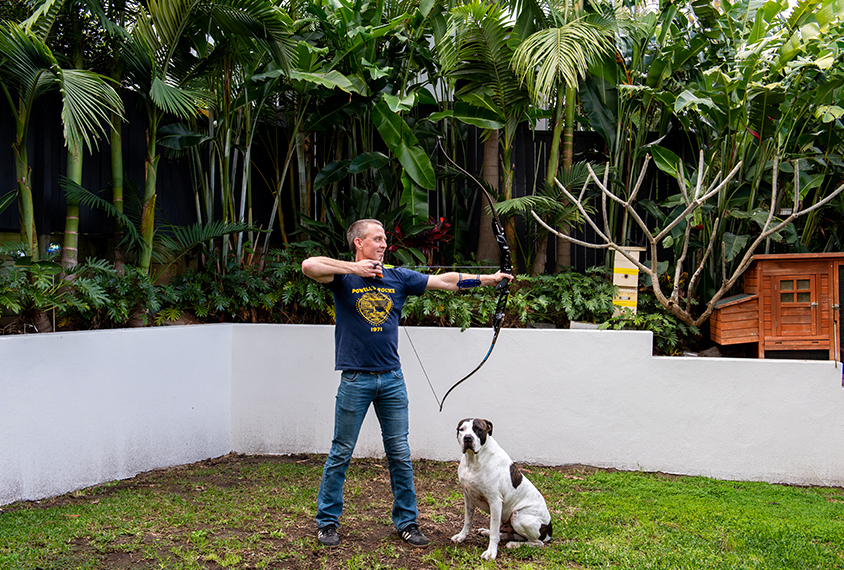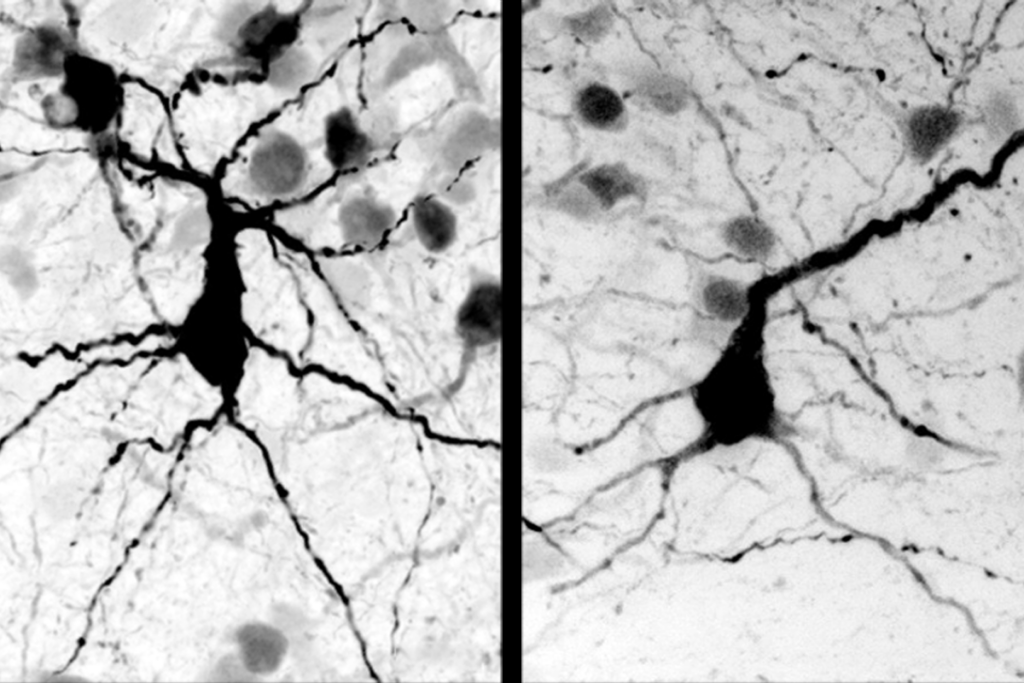Delia O’Hara is an award-winning writer and journalist, a former longtime features reporter for the Chicago Sun-Times. Specialties include science, health care, profiles, education, history, culture and the arts for magazines and websites. She is presently a member of the National Association of Science Writers and the Association of Health Care Journalists. She is also a published short story writer.
Delia O’Hara
From this contributor
Beyond the bench: A conversation with Konstantinos Zarbalis
Konstantinos “Kostas” Zarbalis talks about the upside of unexpected experimental results, and why he eats just one meal per day.

Beyond the bench: A conversation with Konstantinos Zarbalis
Beyond the bench: A conversation with Kristin Sohl
When pediatrician Kristin Sohl isn’t building programs to improve care for and research about autistic people, you can find her reading psychological thrillers or playing Pokémon Go.

Beyond the bench: A conversation with Kristin Sohl
Beyond the bench: A conversation with Andrew Whitehouse
Andrew Whitehouse talks about his conservation efforts in the Australian Outback, what it’s like to be an identical twin and why he leaves work promptly at 5 p.m.

Beyond the bench: A conversation with Andrew Whitehouse
Beyond the bench: A conversation with Ethan Scott
Ethan Scott packs his lab with math, physics and computer science experts to decode sensory brain networks in zebrafish models of autism.

Beyond the bench: A conversation with Ethan Scott
Explore more from The Transmitter
Autism in Kenya, organoid research, and more
Here is a roundup of autism-related news and research spotted around the web for the week of 22 December.

Autism in Kenya, organoid research, and more
Here is a roundup of autism-related news and research spotted around the web for the week of 22 December.
‘Unprecedented’ dorsal root ganglion atlas captures 22 types of human sensory neurons
The atlas also offers up molecular and cellular targets for new pain therapies.

‘Unprecedented’ dorsal root ganglion atlas captures 22 types of human sensory neurons
The atlas also offers up molecular and cellular targets for new pain therapies.
Not playing around: Why neuroscience needs toy models
Amid the rise of billion-parameter models, I argue that toy models, with just a few neurons, remain essential—and may be all neuroscience needs.

Not playing around: Why neuroscience needs toy models
Amid the rise of billion-parameter models, I argue that toy models, with just a few neurons, remain essential—and may be all neuroscience needs.